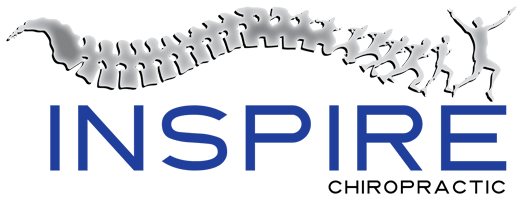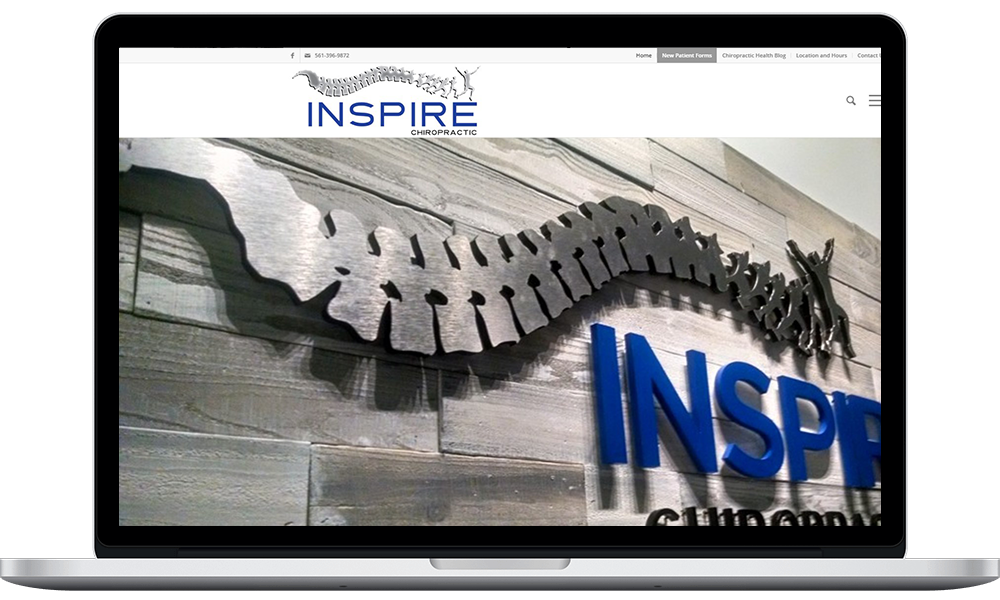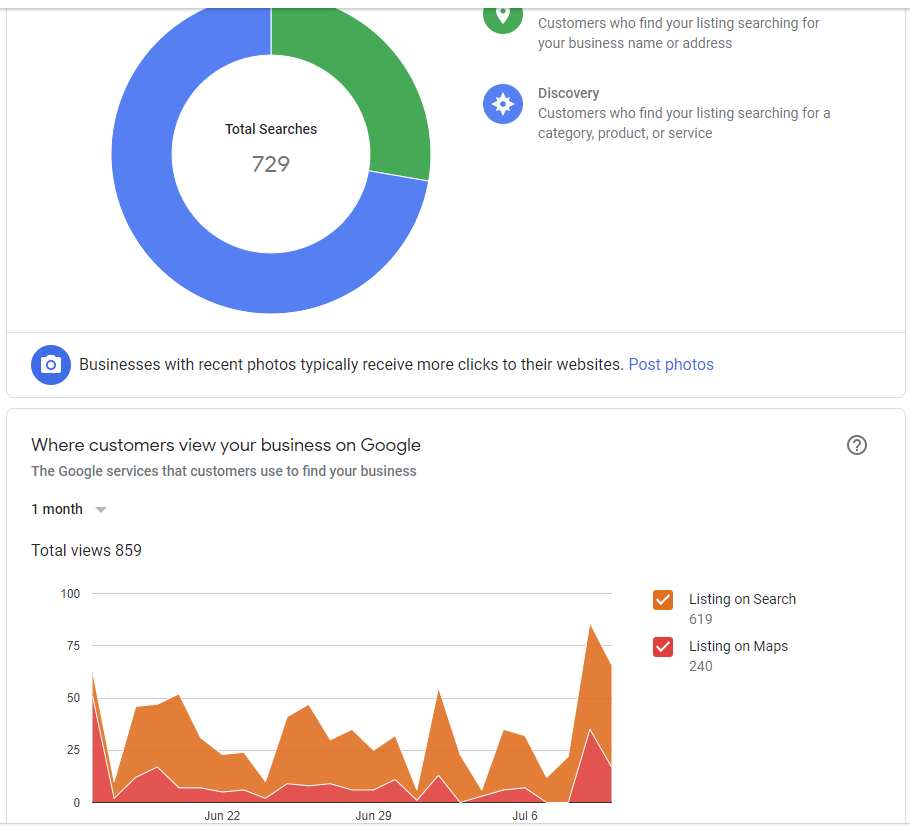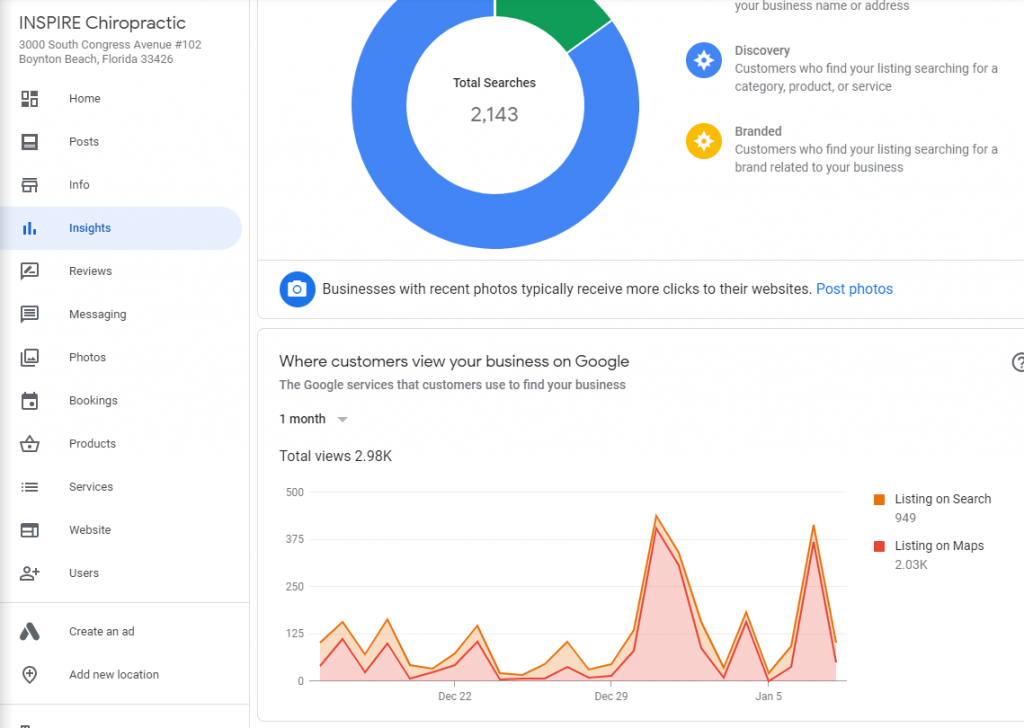Inspire Chiropractic
Duration
0
Months
Length of time inside the study.
Increase In Search
1
%
Local views combined from both Search and Maps.
Increase innew clients
1
%
New clients bring money in the door for your business!




